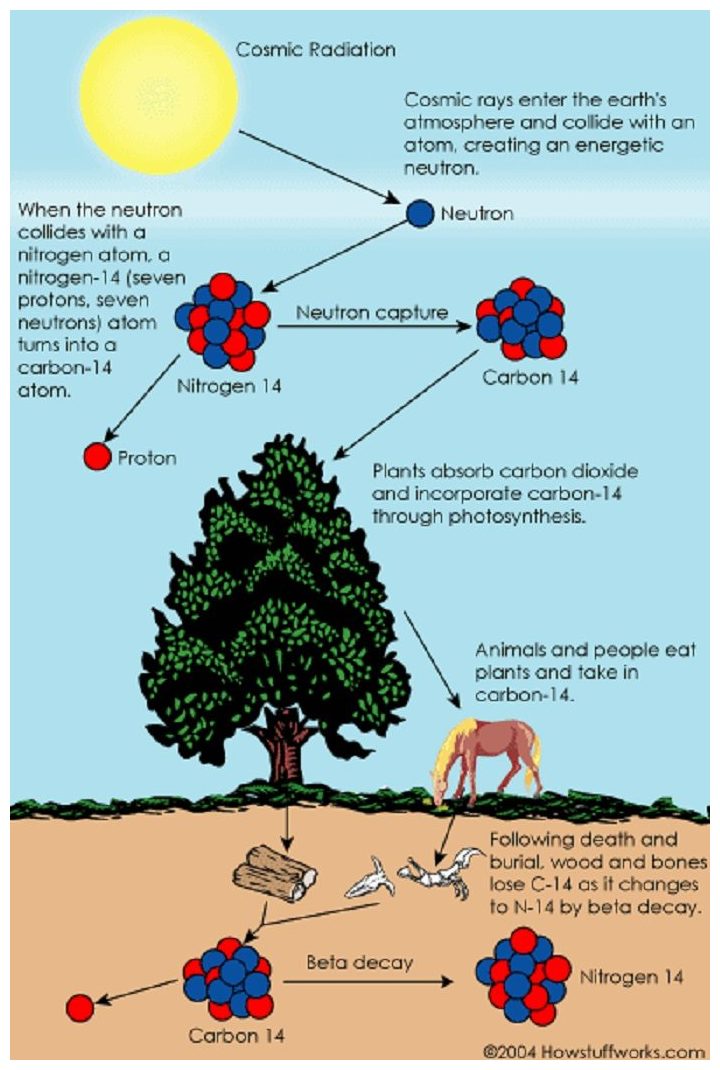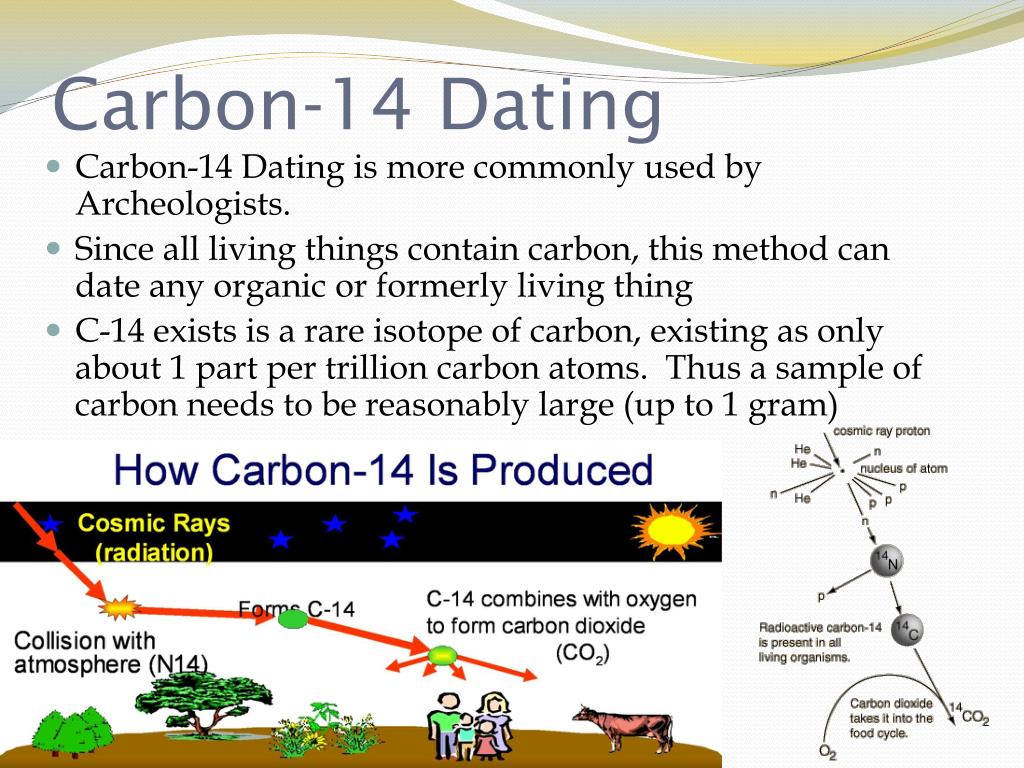

If the atmosphere's ratio of carbon-14 to carbon-12 has doubled since the flood and we did not know it, radiocarbon ages of things living soon after the flood would appear to be one half-life (or 5,730 years) older than their true ages. With less carbon-12 to dilute the carbon-14 continually forming from nitrogen in the upper atmosphere, the ratio of carbon-14 to carbon-12 in the atmosphere would increase. Afterward, less carbon would be available to enter the atmosphere from decaying vegetation. Actually, that ratio may have been quite different.įor example, a worldwide flood would uproot and bury preflood forests. The key questions then are: “Has the atmospheric ratio of carbon-14 to carbon-12 changed in the past, and if so, why and how much?” The assumption usually made, but rarely acknowledged, is that the ratio of carbon-14 to carbon-12 in the atmosphere before the industrial revolution has always been the same-about one in a trillion. If we knew the amount of carbon-14 in an organism when it died, we could attempt to date the time of death. When a living thing dies, its radiocarbon loss (decay) is no longer balanced by intake, so its radiocarbon steadily decreases with a half-life of 5,730 years. Carbon-14 then moves up the various food chains to enter animal tissue-again, in about the same ratio carbon-14 has with carbon-12 in the atmosphere. Plants take in carbon dioxide, incorporating in their tissues both carbon-14 (unstable) and normal carbon-12 (stable) in the same proportion as they occur in the atmosphere. Most carbon-14 quickly combines with oxygen to form radioactive carbon dioxide, which then spreads throughout the atmosphere. Half of the remainder will decay in another 5,730 years, and so on.Ĭosmic radiation striking the upper atmosphere converts about 21 pounds of nitrogen each year into radiocarbon (carbon-14). Half of it will decay in about 5,730 years to form nitrogen. It is also called radio carbon because it is radio active (but not dangerous).

However, roughly one in a trillion carbon atoms weighs 14 atomic units. Most carbon atoms weigh 12 atomic mass units. To understand the other capabilities and limitations of radiocarbon dating, we must understand how it works and consider the flood. One limitation is that the radiocarbon technique dates only material that was once part of an animal or plant, such as bones, flesh, or wood. However, before accepting any radiocarbon date, one should know how the technique works, its limitations, and its assumptions. Radiocarbon ages less than 3,500 years old are probably accurate. They concluded that their findings are consistent with an Earth that is about 6,000 years old.Īs our knowledge continues to grow, what we know continues to be in agreement with Scripture. They concluded that the helium in the rock was 100,000 times more plentiful than it should have been if the rocks were really 1.5 billion years old. The helium still locked in the samples was studied as well as the rate at which the helium diffused from the rock. The samples were from a mile below the earth, which, according to inflated evolutionary years, were 1.5 billion years old. While it stays within the zircon for a period of time, being a very small atom, helium escapes the zircon within a few thousand years.When creation scientists studied granite samples, they made interesting discoveries. As part of the decay process, helium is produced. This element is locked in tiny zircons within the granite. The most common radioactive element in granite is Uranium-238. When granite rock hardens, it freezes radioactive elements in place. Until recent years, scientists who believe in creation haven't had the necessary resources to explore radiometric dating in detail.Ī 10 gram sample of U-238Now that has changed, and some important discoveries are being made. Most people find the subject of radiometric dating too technical to understand. "For this they are willingly ignorant of, that by the Word of God the heavens were of old, and the earth standing out of the water and in the water:" Return to top of page Creation Moments Back To Anycalculator KJV BIBLE Denying Evolution Evolution=Millions Of Years + Your Imagination 20 Chapters (More than 60 of the most asked questions about Creation, evolution, and the book of Genesis answered!)


 0 kommentar(er)
0 kommentar(er)
